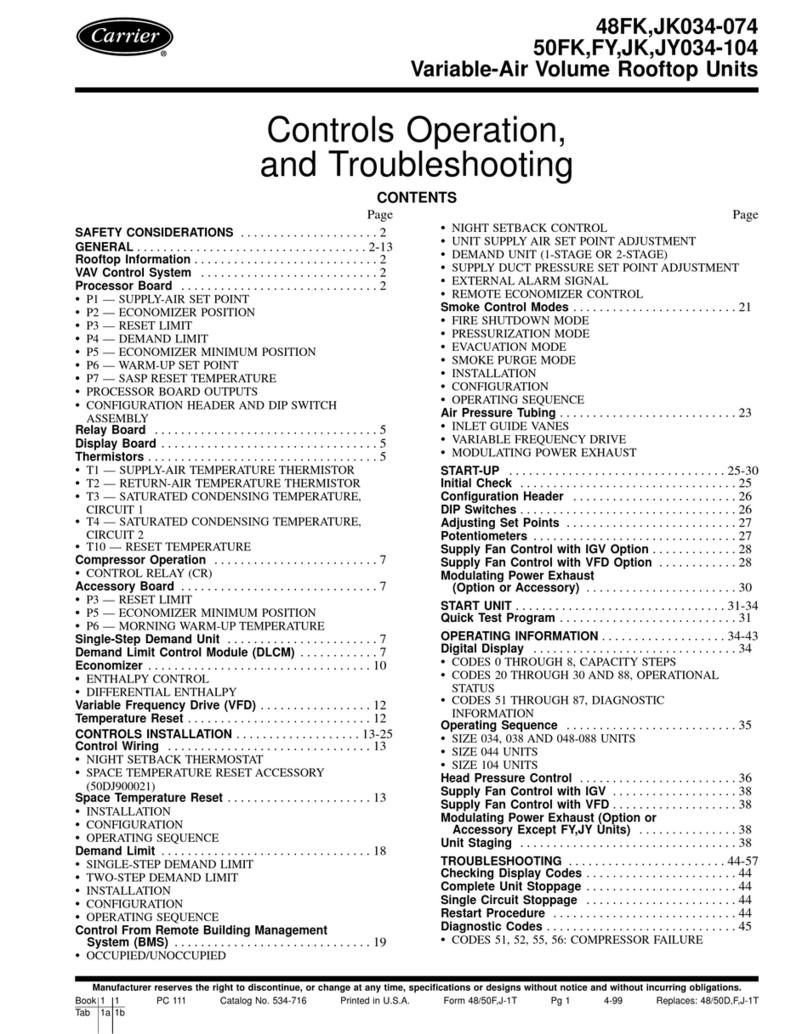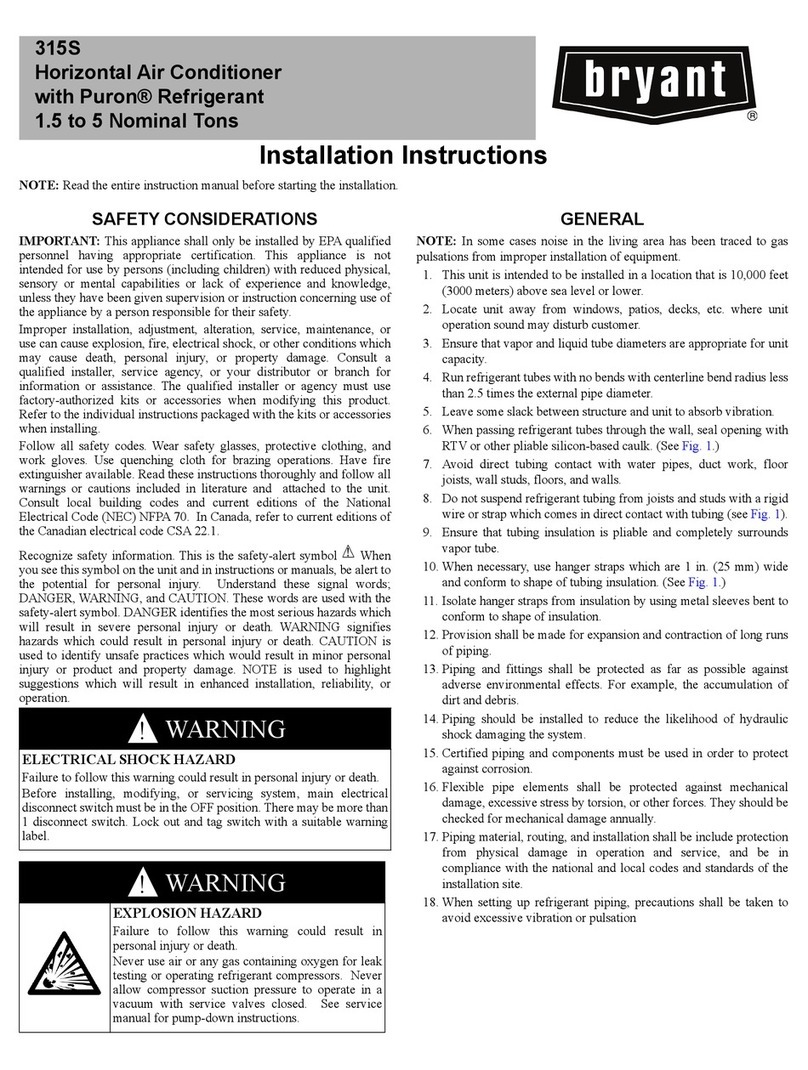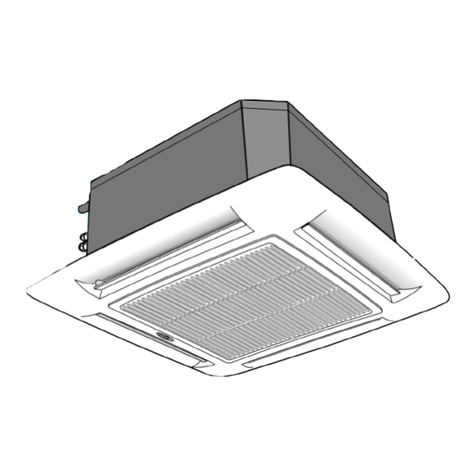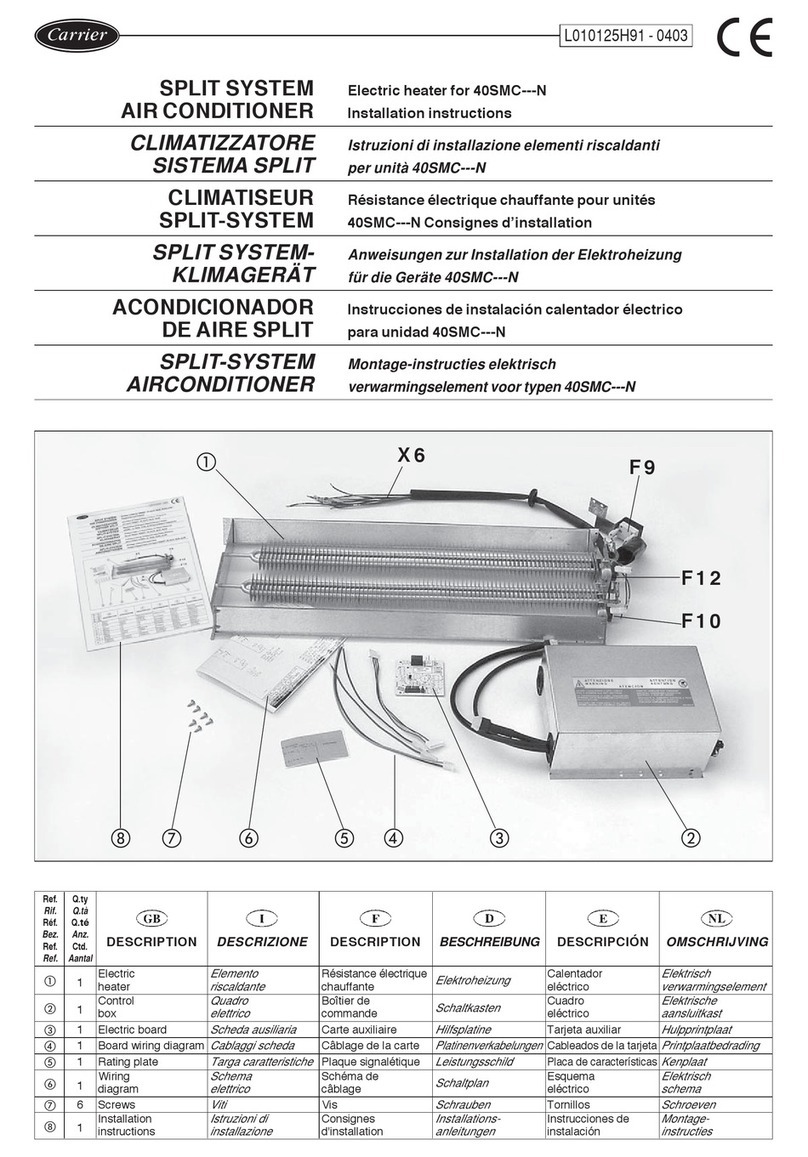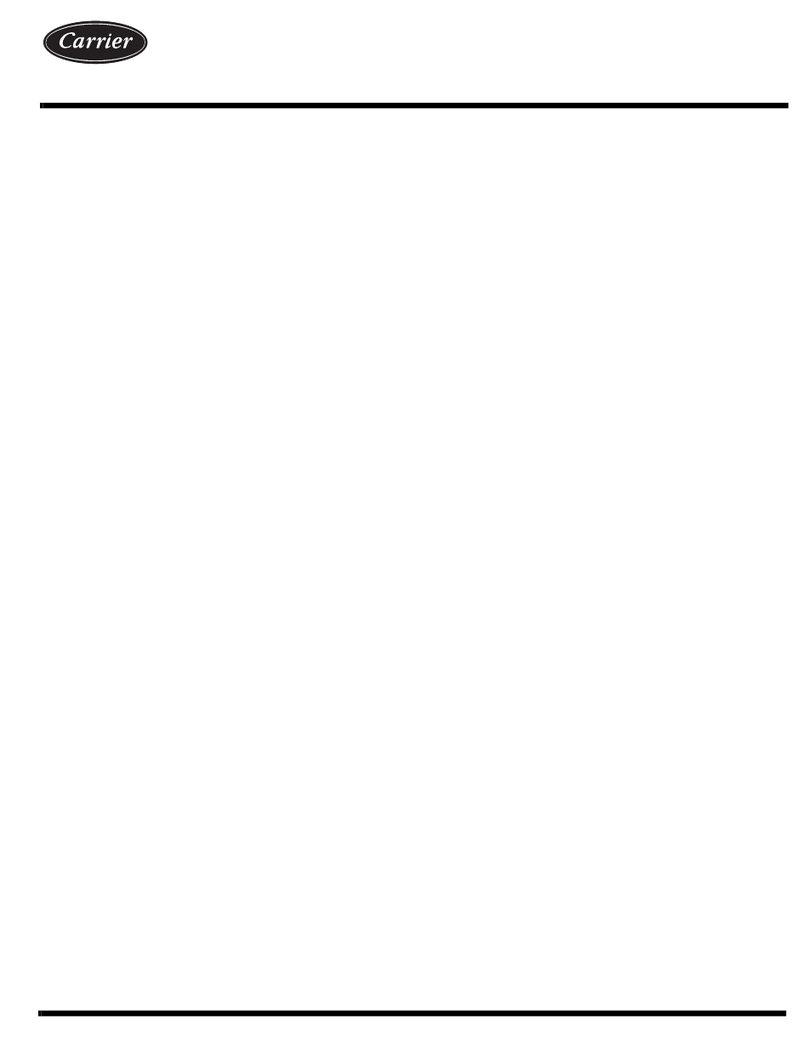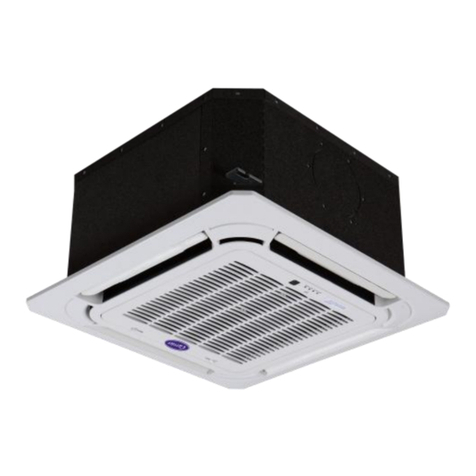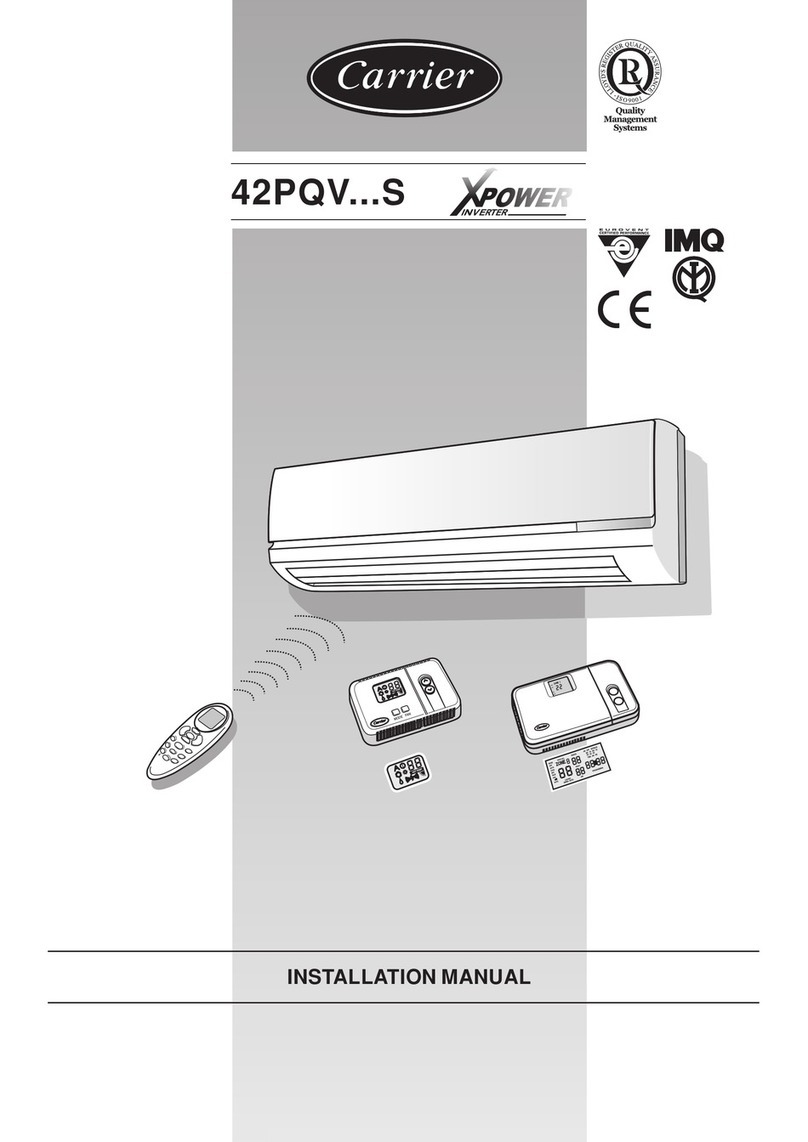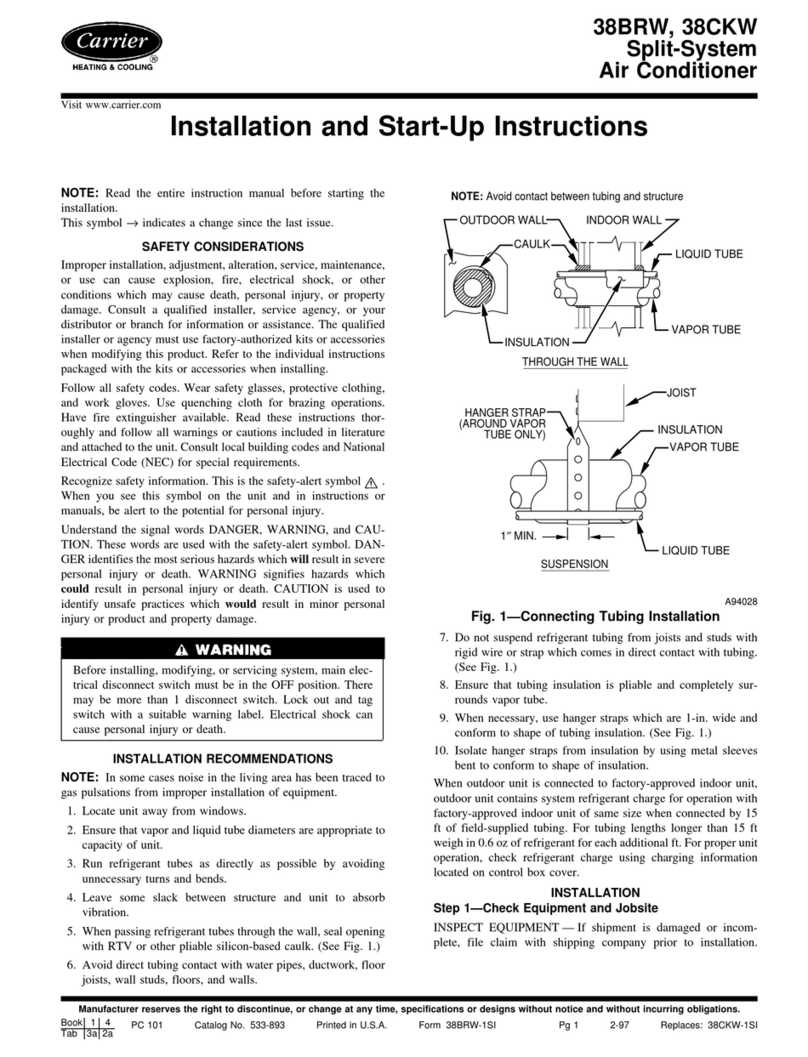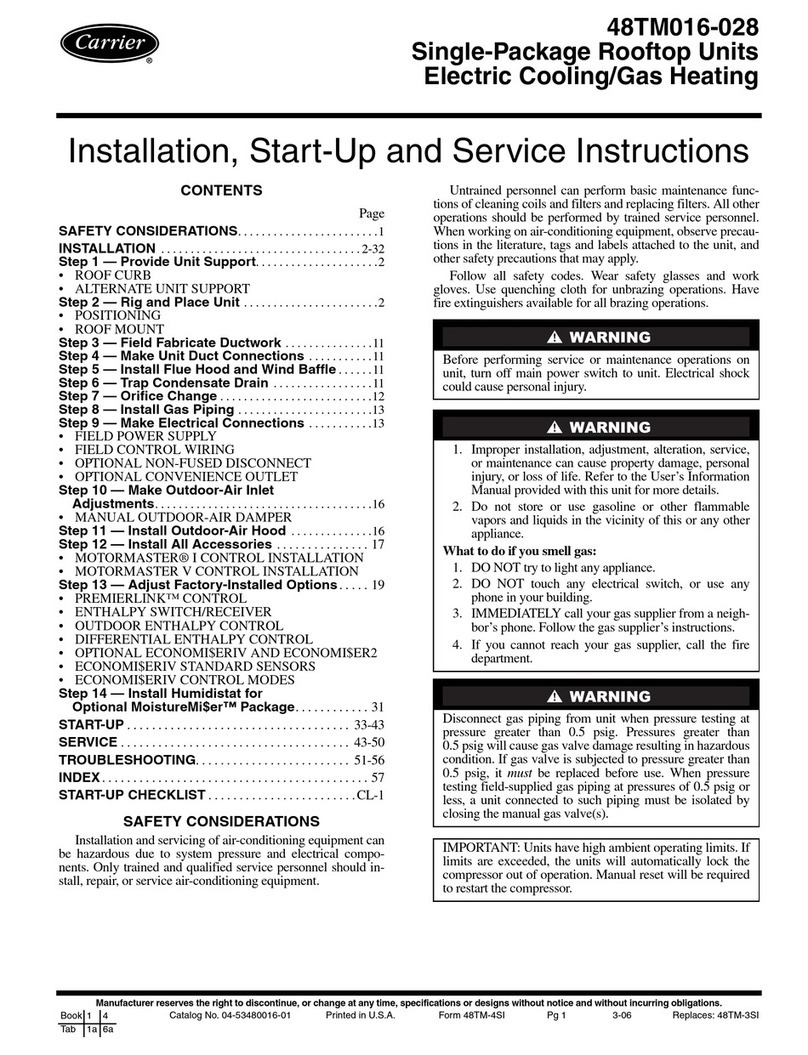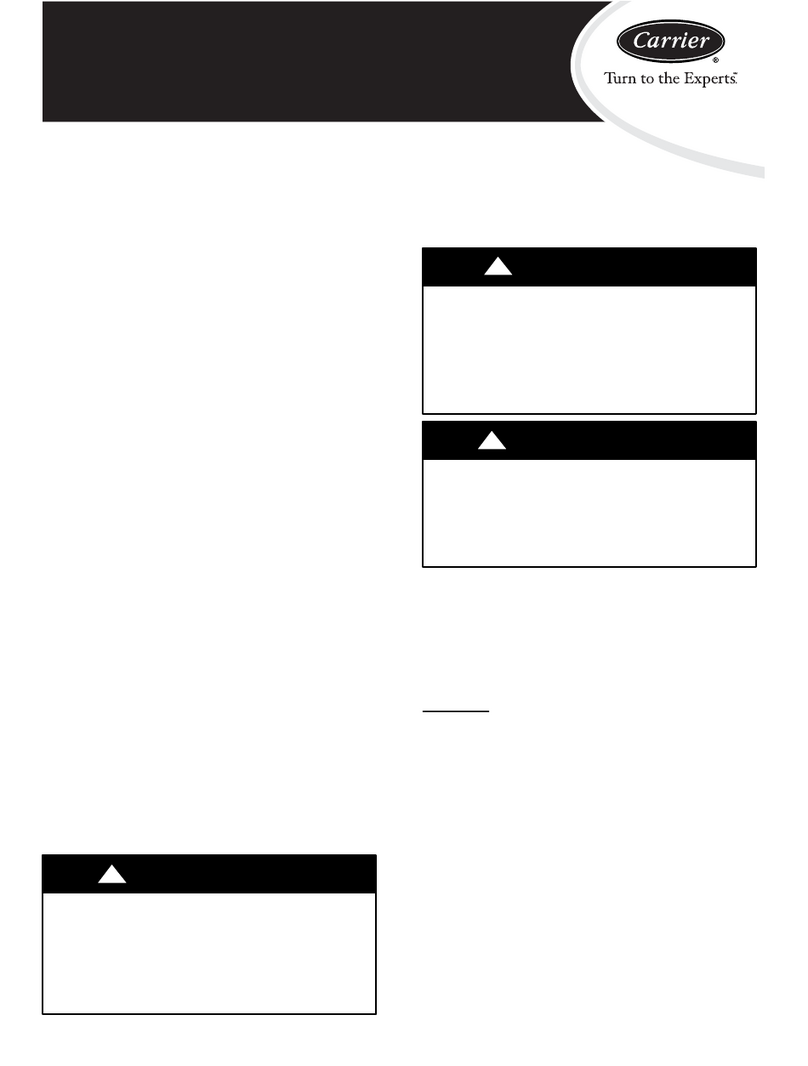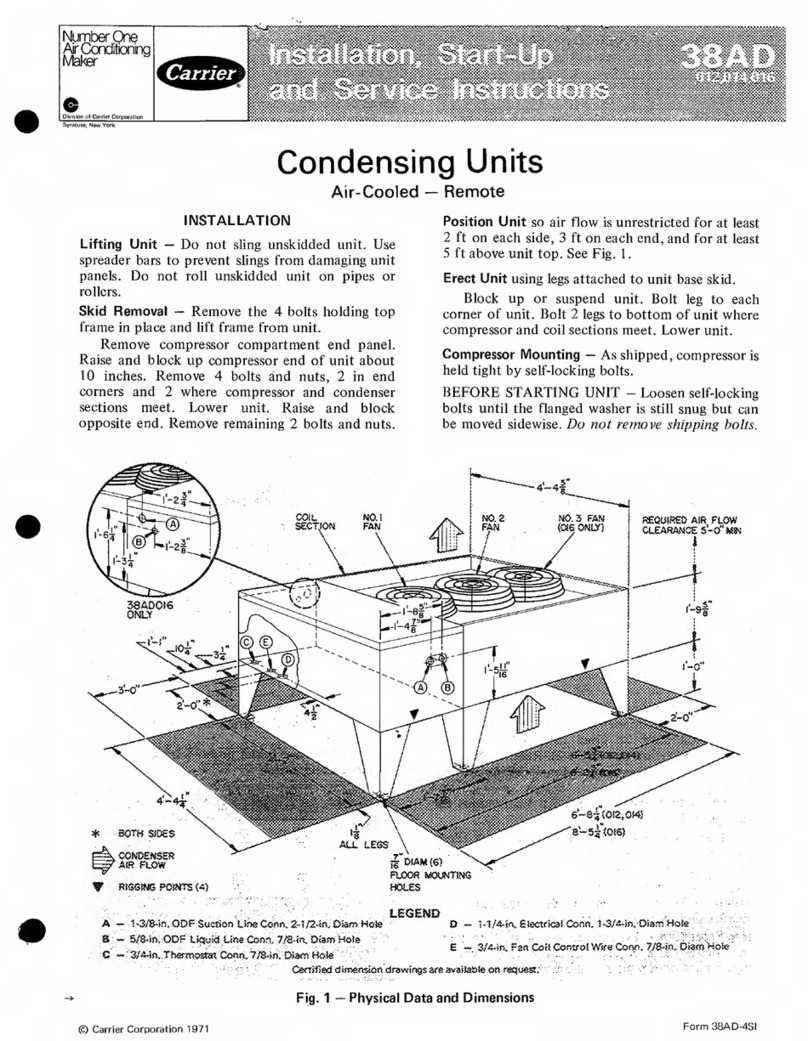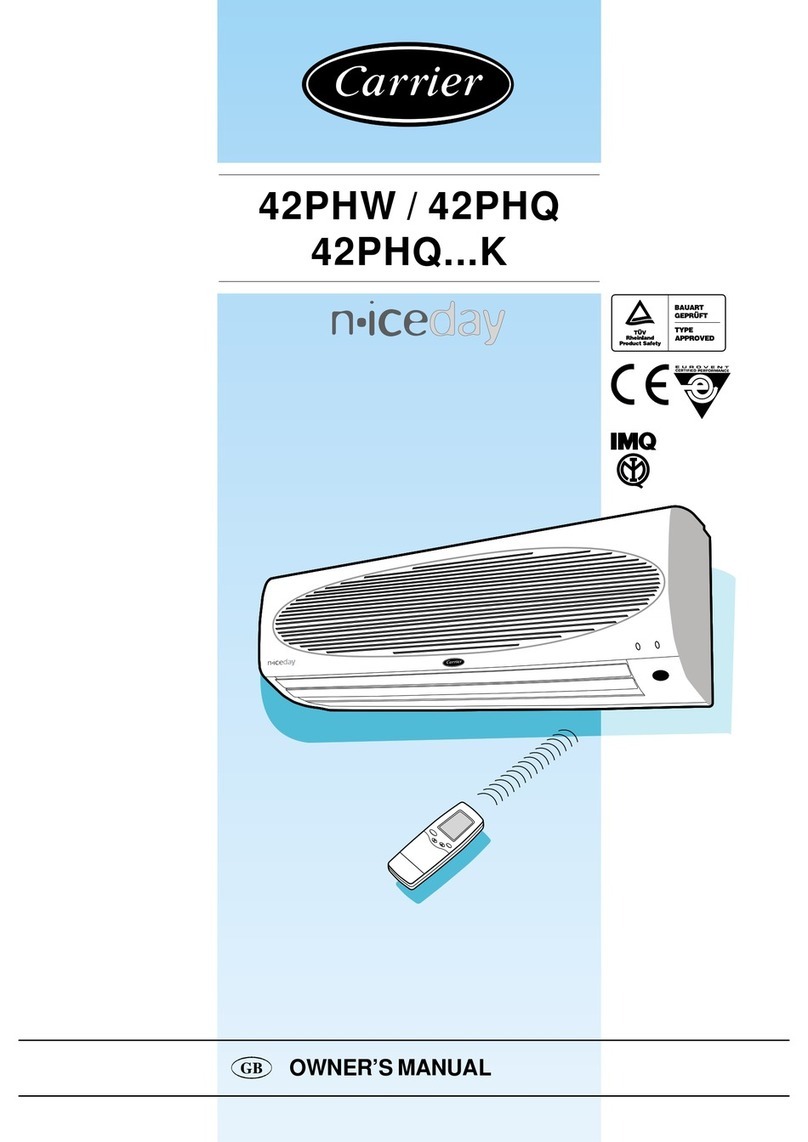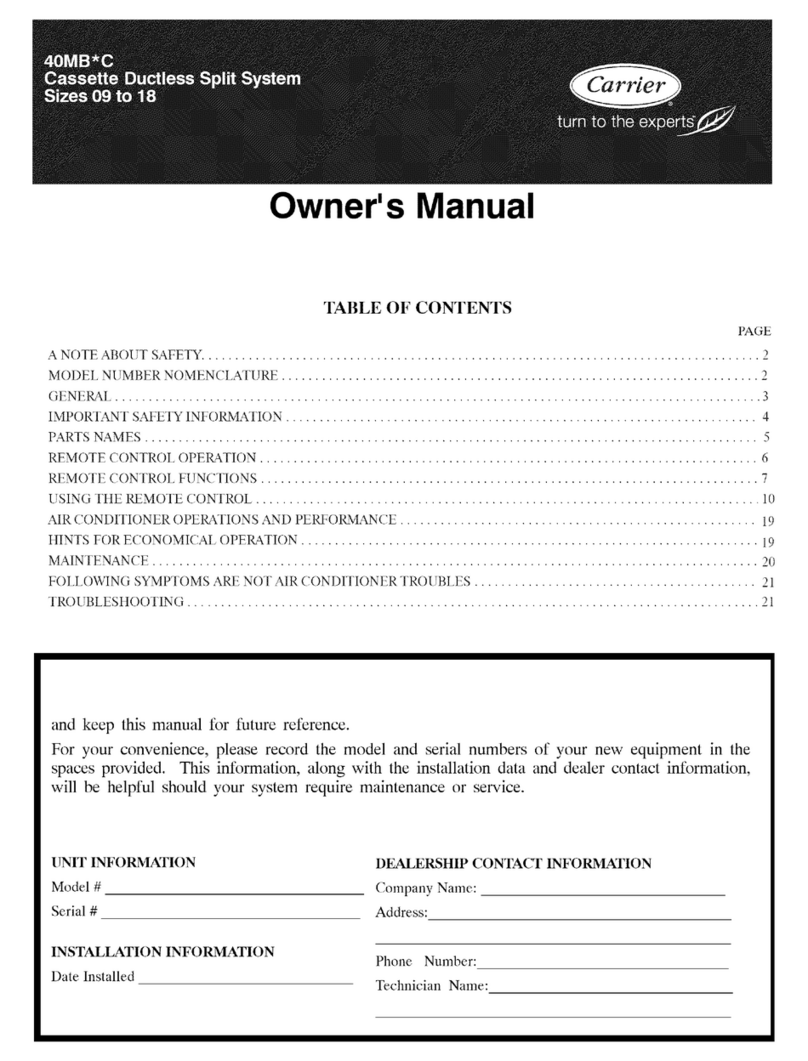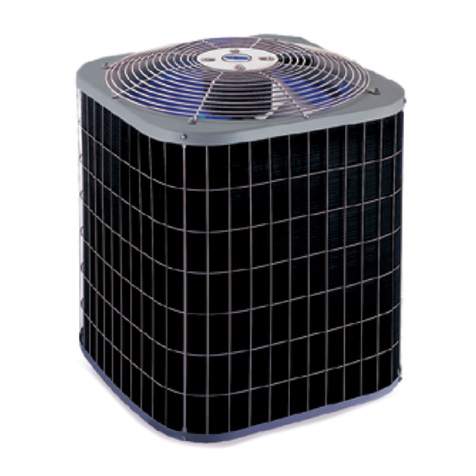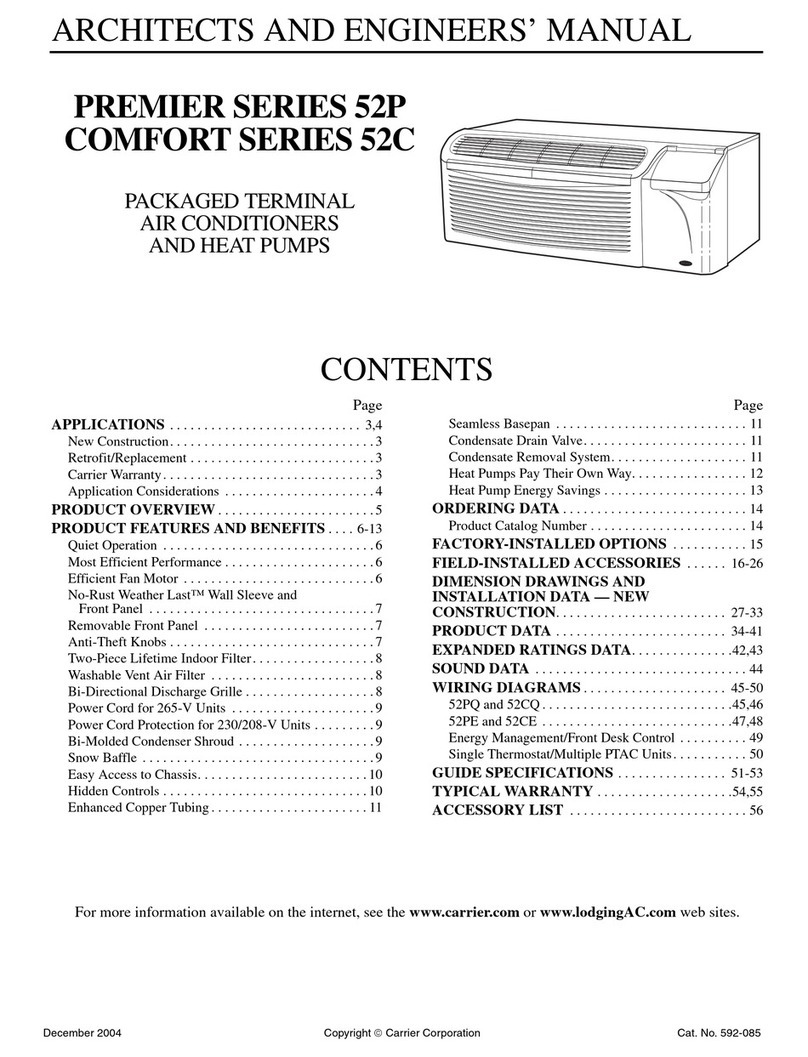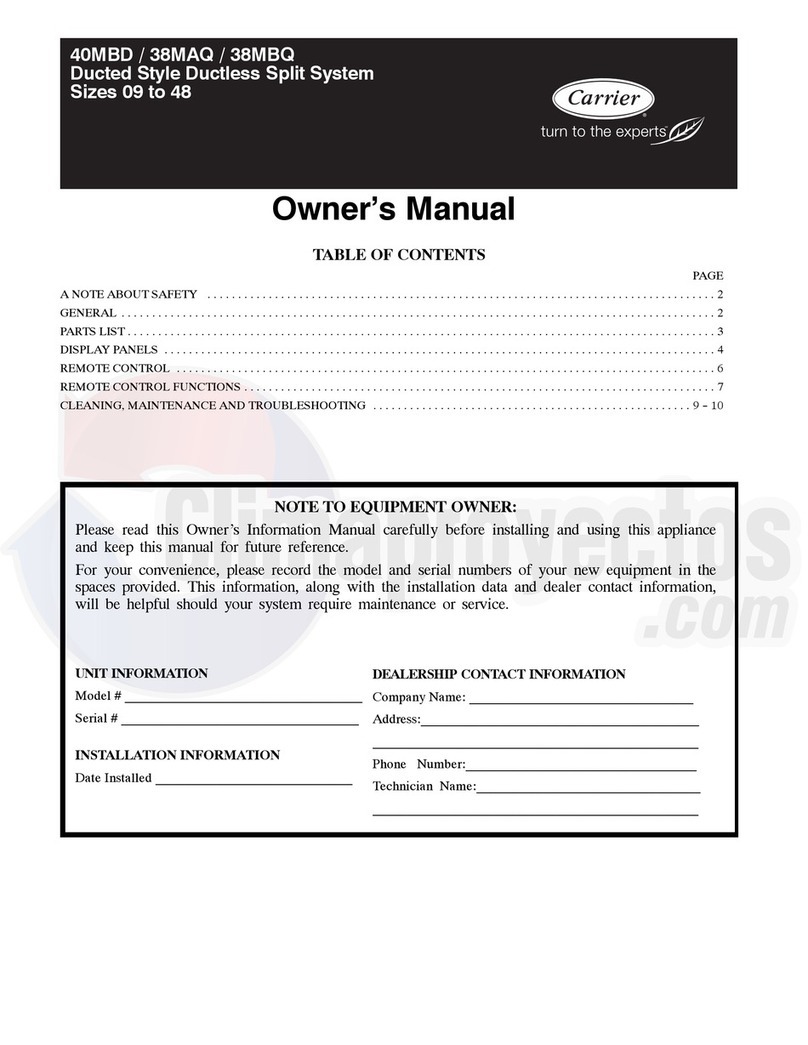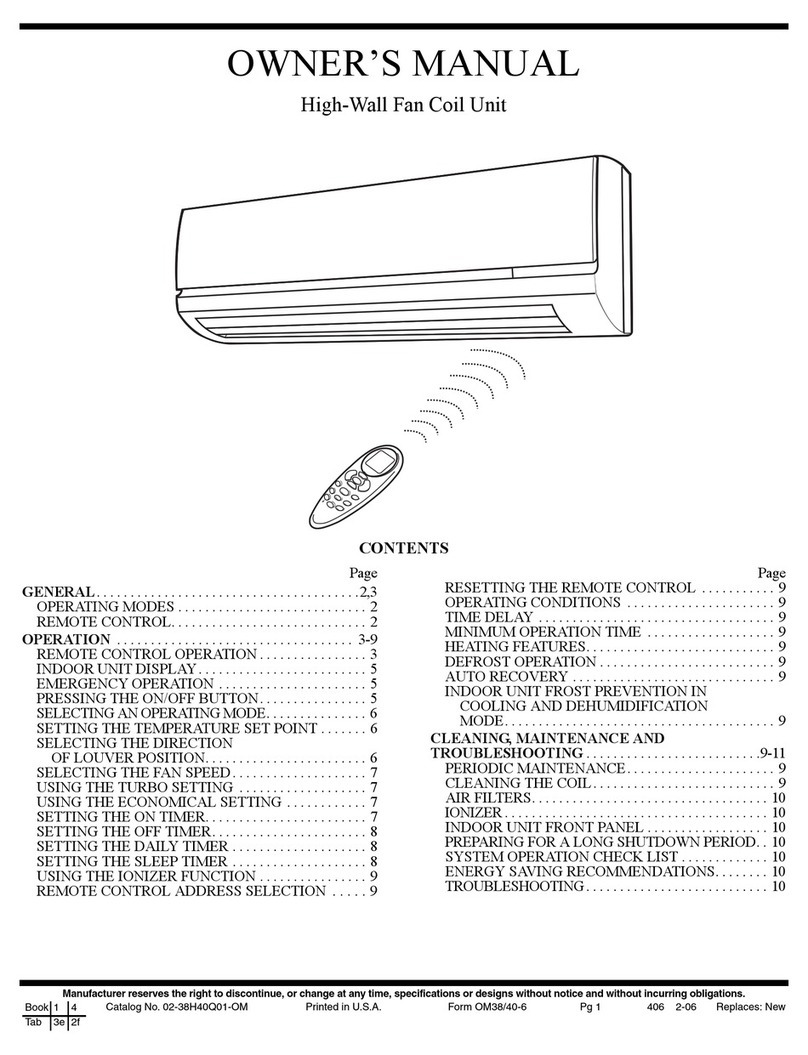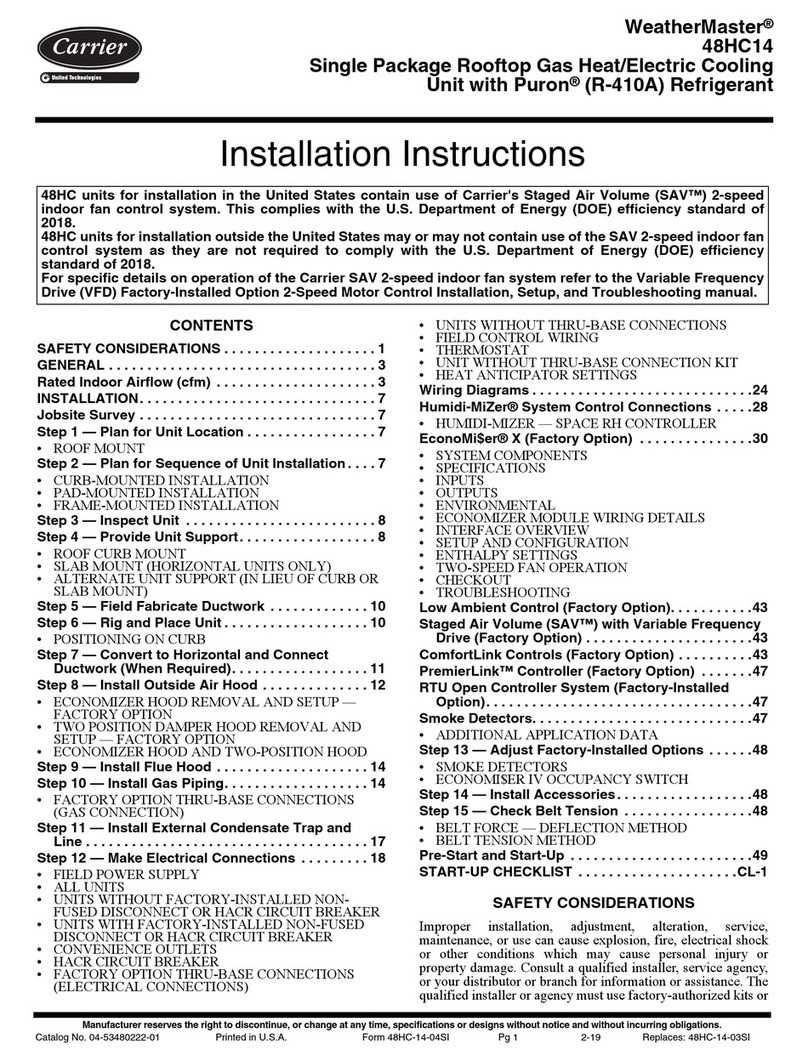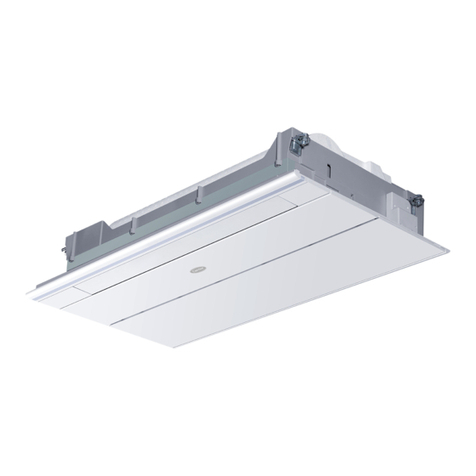
NOTE:Beforeproceedingwiththenextcheck,turnOFF
theelectricalpowersupplyto theunit. Removethe
controlaccessdoor.
() Duringtheheatingseason,checkthecontrolswitchon
thegasvalve.Isit intheONposition?If it isnot,besure
it hasnotbeenturnedoffforthepurposeofsafety.If no
safetyhazardsarepresent,followthestart-upprocedures
inthismanual.
( ) If yourunitstill failstooperate,callyourservicing
dealerfortroubleshootingandrepairs.Specifythemodel
andserialnumbersof yourunit.(Recordthemin this
manualinthespaceprovided.)If thedealerkalowsexactly
whichunityouhave,hemaybeabletooffersuggestions
over the phone,or save valuabletime through
kalowledgeablepreparationfortheservicecall.
IN CASE OF TROUBLE
If, after performing the above checks, unit performance is
unsatisfactory, shut off the unit and call your dealer.
Dealer's Name
Telephone No.
Unit Model
[_it Serial Number
REGULARDEALER
MAINTENANCE
Heat Exchanger
NOTE: To ensure dependable and efficient heating
operation, the heat exchanger should be checked by a
qualified maintenance person before each heating season,
and cleaned when necessary.
EQUIPMENT DAMAGE HAZARD
Failure to follow this caution may result in damage to
equipment.
This checkout should not be attempted by anyone not
having the required expertise and equipment to do the
job properly.
Checking and/or cleaning the heat exchanger involves
removing the gas controls assembly and the flue collector
box cover. When finished, the gas controls must be
reinstalled for proper operation. Also, the flue collector
box cover must be replaced correctly so that a proper seal
is maintained. Contact your dealer for the required
periodic maintenance. At the beginning of each
cooling/heating season and as conditions require.
Fans and Belts, and Fan Motor
Periodically check the condition of fan wheels and
housings, belt tension and fan motor shaft bearings. No
lubrication of condenser or evaporator fan bearings or
motors is required or recommended.
Evaporator and Condenser Coils
Cleaning of the coils should be done by qualified service
personnel. Contact you dealer for the required annual
maintenance.
Condensate Drain
The drain pan and condensate drain line should be
checked and cleaned at the same time the cooling coils are
checked by your dealer.
In addition to the type of routine maintenance you might
be willing to perform, your unit should be inspected
regularly by a properly trained and qualified service
technician. An inspection (preferably each heating/cooling
season, but at least every year) should include the
following:
• Inspection of all flue product passages, including the
burners, heat exchanger, and flue collector box.
• Inspection of all combustion- and ventilation-air
passages and openings.
• Close inspection of all gas pipes leading to and inside
your unit.
• Inspection and if required, cleaning of the condenser and
evaporator coils.
• Inspection, and if required, cleaning of the condensate
drain pan.
• Inspection and cleaning of blower wheel housing and
motor.
• Inspection of all supply- and return-air ducts for leaks,
obstructions, and insulation integrity. Any problems
found should be resolved at the time of inspection.
• Inspection of the unit base for cracks, gaps, etc., which
may cause a hazardous condition.
• Inspection of the unit casing for signs of deterioration.
• Inspection of all electrical wiring and components to
ensure proper connection.
• Inspection for leaks in the refrigerant circuit. Pressure
check to determine appropriate refrigerant charge.
• Inspection of fan wheels and housings, belt tension, and
fan motor shaft bearings.
• Operational check of the unit to determine working
conditions. Repair or adjustment should be made at the
time of inspection.
Your servicing dealer may offer an economical service
contract that covers seasonal inspections. Ask for further
details.
Complete service instructions can be found in the unit
Installation, Start-Up and Service Instructions.
